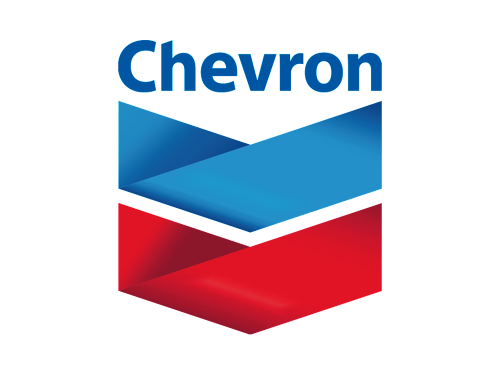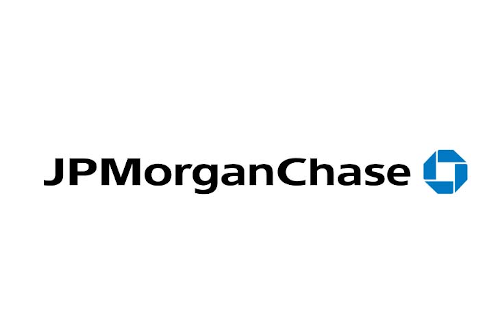Noun
|
Sounds like: "da-ta cen-ter mi-gra-tion"
A data center migration, or data center move, is any movement of data center assets from one location to another. Examples include:
- Moving to a new data center
- Moving some or all assets to a colocation facility
- Moving assets from one room or floor to another within the same facility
- Migrating applications or services to the cloud
Common Data Center Migration Challenges
Data center migrations are complicated projects that can be difficult for even the most experienced data center professionals. Common challenges that can hinder the success of a data center migration include:
- Mismanagement of teams and resources
- Ineffective use of capacity
- Inaccurate asset inventory records
- Missing or misused cabling and other hardware components
- Unfamiliarity with the new facility
- Incorrect equipment installation
Data Center Migration and DCIM Software
Planning a data center migration can be simplified and made effortless by following best practices and using Data Center Infrastructure Management (DCIM) software. Some of the ways DCIM software keep your migration on track, on time, and on budget include:
- Auditing. Using DCIM before the actual migration ensures you have an accurate asset inventory and know what should be moved or decommissioned.
- Enabling a single source of truth. Migrations involve many different teams and information can become siloed. DCIM integrates with CMDBs and other data stores to ensure automated data population, accuracy, and collaboration.
- Facilitating a migration plan. DCIM is your go-to data store and tracking system for assets as you plan what is being moved, what the timeline is, and what is the criteria for success.
- Building out the new space virtually. Create a virtual buildout before moving the assets so you can ensure you have adequate capacity or make adjustments.
- Searching for capacity. Know the exact best location for your assets based on make and model or RU height. Information like the quantity of each asset to place in a cabinet or the number and type of power and network ports is automatically accounted for.
- Creating cabinet elevation diagrams. Automatically create rack elevations with assets in your planned state to help the migration team visualize how the cabinet should look once the hardware is installed.
- Measuring cable. Make accurate cable measurements based on floor map visualizations to ensure you have the right lengths of cable for your migration.
- Managing and printing work orders. Accurate work orders limit the possibility of incorrect installations or connections when moving equipment.
Want to see how Sunbird’s world-leading DCIM software helps ensure a successful data center migration? Get your free test drive now!
Related Links
WORD OF THE DAY:
ASHRAE Thermal GuidelinesThe American Society of Heating, Refrigerating, and Air-Conditioning Engineers (ASHRAE) thermal guidelines are that the recommended temperature near the inlet of servers should range between 65° F to 80°F and the relative humidity should be between 40% and 60%.
Learn even more about this term




























